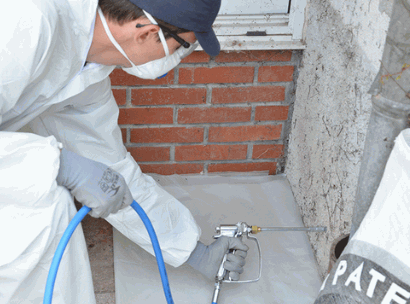If you’ve noticed musty smells, damp spots, or peeling wallpaper in your home, you may be dealing with damp issues that require attention.
We will explore the importance of damp proof injection, the signs of damp in your home, the common causes of damp, and the costs associated with this treatment.
Learn how damp proof injection is performed, the benefits it provides, and how to find a reliable specialist for the job to keep your home dry and healthy.
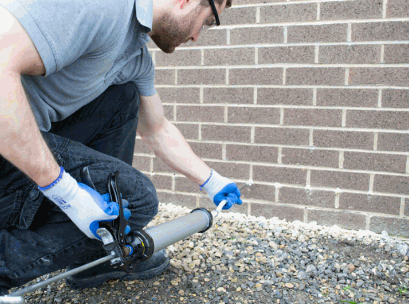
What Is Damp Proof Injection?
Damp proof injection is a method used to prevent moisture from penetrating walls by injecting a specialised material, such as Damp Proof Course, Tanking Slurry, or through re-plastering, to create a barrier against rising damp, condensation, or penetrating damp.
Damp Proof Course, commonly referred to as DPC, is a physical barrier installed within the masonry of a building to prevent rising damp. It can be made of materials like PVC, bitumen, or slate and is typically inserted horizontally at the base of walls. The main function of DPC is to stop moisture from rising up through capillary action.
Tanking Slurry, on the other hand, involves applying a waterproof coating to the interior surface of walls to prevent water ingress from the outside. This method forms a protective barrier that redirects water away from the structure, keeping the interior dry.
Re-plastering is the process of removing and replacing the existing damaged plaster with a new, damp-resistant material. This method not only addresses existing damp issues but also improves the overall aesthetics of the wall. It is essential to ensure that the new plaster used is specifically designed to combat dampness.
Explore: How To Install Damp Proof Membrane To Walls
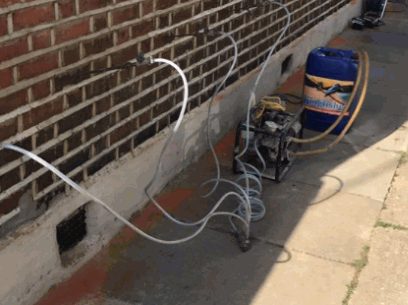
Why Is Damp Proof Injection Necessary?
Damp proof injection is necessary to protect the structural integrity of a property by preventing rising dampness, which can lead to health issues and structural problems if left untreated.
Unchecked rising dampness can pave the way for mould and mildew growth within the property, aggravating respiratory problems for its inhabitants. The presence of excessive moisture can deteriorate the building materials, causing paint to peel off, plaster to crumble, and wood to decay. In severe cases, untreated rising dampness can compromise the structural stability of a building, leading to costly repairs and potential safety hazards for those occupying the premises.
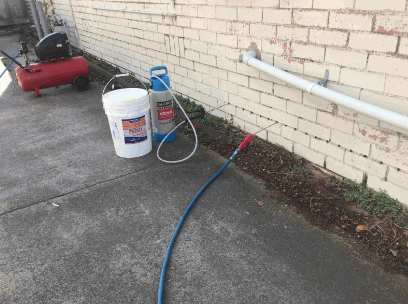
What Are The Signs Of Damp In Your Home?
Identifying signs of dampness in your home is crucial to address the issue promptly. Common signs include a musty smell, visible damp patches on walls, peeling wallpaper, and mould growth.
A musty smell in your home could be the first indicator of hidden damp issues, caused by excess moisture in the air that has settled into fabrics and upholstery. When left unattended, this dampness can lead to the growth of harmful mould and mildew that can affect air quality and pose health risks to you and your family.
Visible damp patches on walls are clear evidence of water infiltration or accumulation, which could result from leaks in pipes, faulty drainage, or poor ventilation. Ignoring these patches can lead to structural damage, as moisture weakens building materials over time, potentially causing costly repairs in the long run.
Peeling wallpaper may seem like a minor cosmetic issue, but it often indicates underlying dampness that is causing the adhesive to lose its grip. This is a sign that the wall is absorbing excess moisture and is likely a breeding ground for mould, which can quickly spread if not addressed promptly.
The presence of mould growth in your home is a serious red flag, signaling a significant moisture problem. Mould not only damages surfaces but can also trigger respiratory issues, allergies, and other health complications, especially in individuals with pre-existing conditions. It is crucial to address mould growth promptly and identify the source of moisture to prevent further damage and health risks.
Musty Smell
One of the first indicators of dampness in a home is a musty smell that is often described as earthy or mouldy. This smell typically arises from trapped moisture in the walls or ceilings.
When moisture infiltrates a property, it gets absorbed by porous materials like plasterboard, insulation, or carpets, creating a breeding ground for mould and mildew. As these microorganisms thrive, they release volatile organic compounds (VOCs) that produce a distinctive musty odour. Depending on the type of damp affecting the area, the smell can range from slightly damp and stale to overwhelmingly pungent. The source of the musty odour can also vary, with rising dampness emanating from the ground and penetrating through walls, while condensation-related dampness may result in a more localised scent near windows or in poorly ventilated areas.
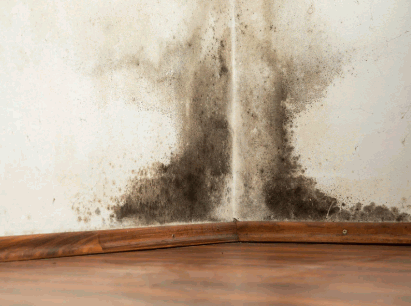
Visible Damp Spots
Visible damp spots on walls or ceilings are clear indicators of water infiltration. These spots may appear as dark patches or wet areas that do not dry easily.
This type of visible dampness is often a warning sign of underlying issues within the property’s structure. Identifying these spots on different surfaces, such as plaster, drywall, or even wood, can help pinpoint the source of the problem.
Left unchecked, these damp spots can lead to more severe consequences, such as mould growth, rotting of materials, or even compromising the structural integrity of the building.
Therefore, addressing these visible signs of dampness promptly is crucial to prevent further damage and maintain a healthy living environment.
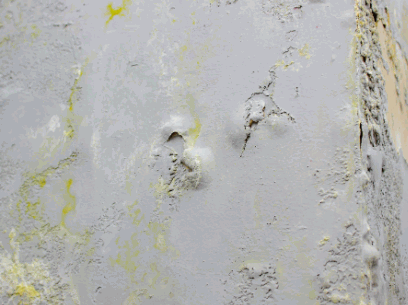
Peeling Wallpaper
Peeling wallpaper can signal underlying damp problems as moisture causes the adhesive to weaken, leading to detachment from the walls. This issue often accompanies other signs of dampness.
When wallpaper starts to peel, it not only impacts the aesthetics of the room but also serves as a visual alarm for potential larger issues within the structure. The detachment of wallpaper is a direct consequence of dampness seeping into the walls, compromising the integrity of the adhesive. This process is often gradual, starting with small bubbles or ripples before progressing to full peeling. Peeling wallpaper can expose the underlying surface to further moisture ingress, exacerbating the existing problem.
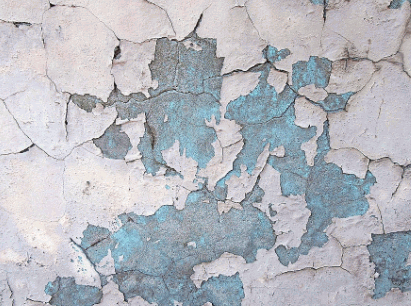
Mould Growth
The growth of mould on walls or ceilings is a serious indication of dampness, as mould thrives in damp and humid environments. It can pose health risks and worsen structural issues.
When left unchecked, mould spores can spread rapidly, affecting indoor air quality and triggering respiratory problems such as allergies, asthma, or even more severe conditions. Along with health concerns, mould can also compromise the integrity of building materials, leading to decay and potential structural damage.
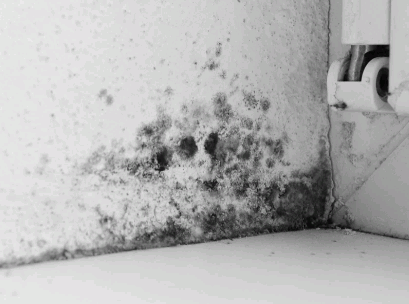
What Are The Causes Of Damping In Your Home?
Damp in the home can be caused by various factors, including leaking pipes, rising dampness from the ground, penetrating damp through walls, and condensation due to poor ventilation.
- Leaking pipes are a common source of dampness, leading to water seepage and moisture accumulation in hidden spaces within the walls or floors. This can manifest as stained patches or fungal growth, affecting the structural integrity of the building.
- Rising damp originates from the ground, where moisture rises through capillaries in the masonry, causing damp patches, peeling paint, and decay at the base of walls. It can also result in salt deposits on the surface.
- Penetrating damp occurs when water penetrates through external walls, often seen as damp patches, mould growth, and paint flaking off. It can impact both the interior and exterior of the property.
- Condensation, a result of inadequate ventilation, leads to water vapor condensing on cold surfaces like windows or walls, encouraging mould growth and peeling paint. This particularly affects rooms with high humidity levels.
Leaking Pipes
Leaking pipes are a common source of damp problems in homes, as water seepage from damaged or poorly insulated pipes can lead to moisture accumulation in walls and ceilings.
These leaks can occur in various areas of a house such as bathrooms, kitchens, basements, and hidden pipes behind walls.
Addressing leakages promptly is crucial to prevent the spread of dampness and further water damage.
Failure to repair leaking pipes can result in mould growth, structural deterioration, and even health hazards due to prolonged exposure to damp conditions.
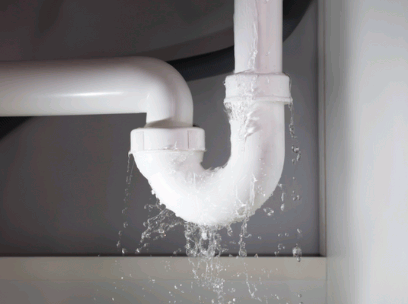
Rising Damp
Rising damp occurs when groundwater rises through porous walls, causing moisture to be absorbed upwards. This can result in visible damp patches, peeling paint, and salt deposits.
This moisture intrusion poses a threat to the structural integrity of buildings, as it can lead to the decay of timber, plaster, and brickwork. Along with the unsightly appearance it creates, rising damp can contribute to mould growth, which can have adverse effects on indoor air quality and the health of occupants. The presence of damp patches and bubbling paint may also attract pests such as termites, further exacerbating the damage.
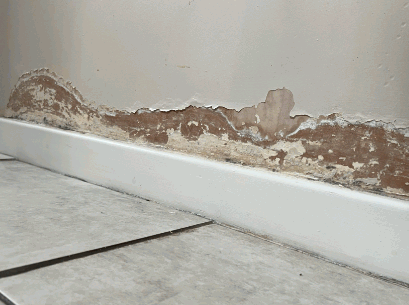
Penetrating Damp
Penetrating damp occurs when water infiltrates walls through external defects like cracks, damaged render, or poorly sealed windows. It can lead to damp patches and mould growth indoors.
One of the primary causes of penetrating damp is the degradation of building materials over time, which can create pathways for water to enter the property. Poor maintenance practices, such as neglecting to fix leaking pipes or gutters, can exacerbate the issue.
The impact of penetrating damp goes beyond aesthetic concerns; it can compromise the structural integrity of the building, leading to costly repairs. Prolonged exposure to moisture can create a conducive environment for rot and decay, which can attract pests and pose health risks to occupants.
Taking proactive measures to address vulnerabilities and promptly address signs of penetrating damp is crucial to preserving the property’s condition and the well-being of its inhabitants.
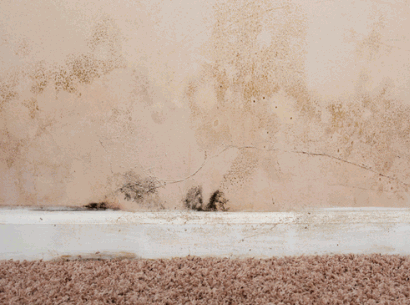
Condensation
Condensation arises from excess moisture in the air coming into contact with cold surfaces, leading to water droplets forming. It can occur in poorly ventilated areas like bathrooms and kitchens.
When warm, moist air meets a cooler surface, it loses its ability to hold moisture, resulting in the formation of condensation. This phenomenon is most prevalent during colder months when temperature differentials between indoor and outdoor environments are stark. Inadequate ventilation exacerbates the issue by trapping humid air inside, creating ideal conditions for condensation to accumulate. Commonly affected areas include windows, walls, and ceilings, particularly in rooms where daily activities like cooking or showering generate high levels of moisture. Condensation not only promotes mould and mildew growth but also damages structure surfaces over time if left unaddressed.
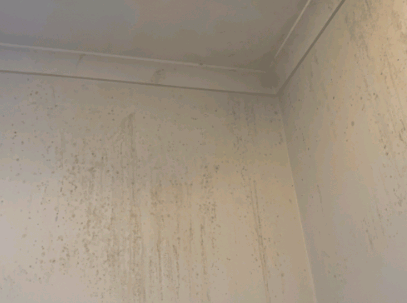
How Much Does Damp Proof Injection Cost?
The cost of damp proof injection varies depending on factors such as the severity of the problem, the type of treatment required, and the size of the treatment area. On average, homeowners can expect to pay a certain amount for the supply costs, additional costs, and trade costs.
In terms of supply costs, homeowners typically need to budget for materials like damp proofing products and tools. These expenses can vary based on the quality and quantity of items needed to effectively treat the damp issue. Additionally, additional costs may arise for services such as professional inspections, consultation fees, and any repair work needed before the injection process.
Moreover, trade costs play a significant role in the overall expenses, encompassing labour fees, equipment rentals, and any subcontracting fees if specialised skills are required. The expertise and experience of the professionals hired can also impact the final cost, as more skilled workers may charge higher rates for their services.
Factors That Affect Cost
Several factors can influence the cost of damp proof injection, such as the type of damp, the method of treatment, the size of the treatment area, and the local labour costs.
In terms of the type of damp, different types like rising damp, penetrating damp, or condensation require distinct treatments, impacting the materials and time needed for the injection process. The method of treatment also plays a crucial role; while chemical injections are common, more severe cases may necessitate additional steps such as re-plastering or structural repairs.
The size of the treatment area directly affects the overall cost, with larger areas requiring more materials and labour hours. Local labour costs vary significantly, depending on the region, impacting the total expenses involved in damp proof injection.
Average Cost Of Damp Proof Injection
The average cost of damp proof injection for a typical property in the UK falls within a certain price range, depending on the extent of the damp problem and the treatment method chosen.
On average, homeowners can expect to pay anywhere from £500 to £1500 for damp proof injection services. The final cost will be influenced by factors such as the size of the property, the severity of the damp issues, and the geographic location. Keep in mind that these prices are for standard damp proof injection treatments; more complex cases or additional services may incur higher expenses. It’s crucial to obtain multiple quotes from reputable companies to ensure you are getting a fair price for the required work.
Additional Costs To Consider
Along with the primary treatment costs, homeowners should factor in additional expenses like repair work, replacement of damaged materials, and redecoration post-damp proof injection.
Repair work can encompass fixing structural damage caused by damp, such as rotting wood or crumbling plaster, which can vary in complexity and therefore cost. Replacement of damaged materials, such as flooring or wall coverings, can add to the overall expense. Redecoration post-damp proof injection is often necessary to restore the aesthetic appeal of the affected areas, involving painting, wallpapering, or other finishing touches.
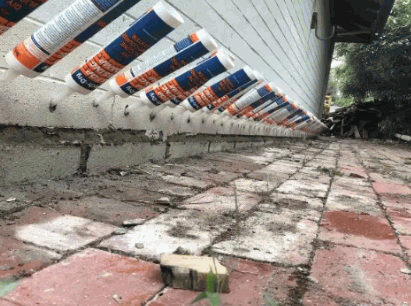
How Is Damp Proof Injection Performed?
Damp proof injection involves the application of a specialised damp proofing material into walls or masonry to create a barrier against moisture ingress. The method may vary based on the type and severity of damp issues.
For instance, when dealing with rising dampness, a series of holes are drilled along the affected area to allow the injected material to penetrate the wall to create a waterproof barrier.
On the other hand, for penetrating damp, a different approach may be needed, where the treatment focuses on creating a moisture-resistant layer to prevent water seepage through external walls. It’s essential to assess the extent of the dampness carefully to determine the most effective injection technique to use.
The choice of injection material can also vary, with options ranging from chemical-based solutions to more modern silicone-based compounds, depending on the specific requirements of the damp problem.
Damp proof injection is a versatile and efficient method to combat moisture-related issues, providing long-lasting protection for buildings against potential damage and decay.
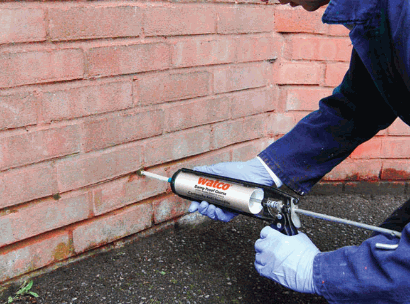
What Are The Benefits Of Damp Proof Injection?
Damp proof injection offers numerous benefits for property owners, including safeguarding against health issues caused by mould growth, preventing structural damage, and enhancing the overall longevity of the building.
By creating a barrier that blocks moisture infiltration, damp proof injection not only wards off potential health hazards but also helps maintain the structural integrity of the property. This method is particularly effective in preventing damp-related problems, such as rot, decay, and weakened foundations. The long-term protective effects of damp proof injection can significantly reduce the need for costly repairs and increase the property’s durability over time.
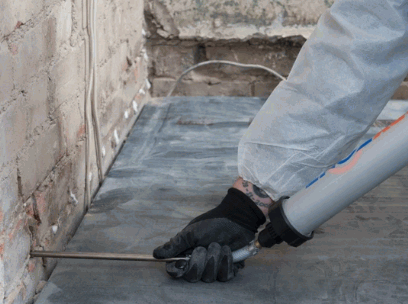
How To Find A Reliable Damp Proof Injection Specialist?
Finding a reliable damp proof injection specialist is crucial for ensuring the effective treatment of damp issues on your property. Look for professionals with experience in various damp proofing methods and a track record of successful treatments.
When selecting a damp proof injection specialist, it is essential to consider their level of expertise in diagnosing and addressing damp problems. Experienced professionals will be able to accurately assess the extent of the issue and recommend the most suitable treatment method.
Additionally, client reviews play a significant role in evaluating the reliability of a specialist. Reading feedback from previous customers can give you insight into the quality of their work, their professionalism, and their overall satisfaction with the service provided.
Another crucial aspect to consider is the range of treatment methods that the specialist is proficient in. A well-rounded professional should have knowledge of various techniques such as chemical injections, damp pro.
